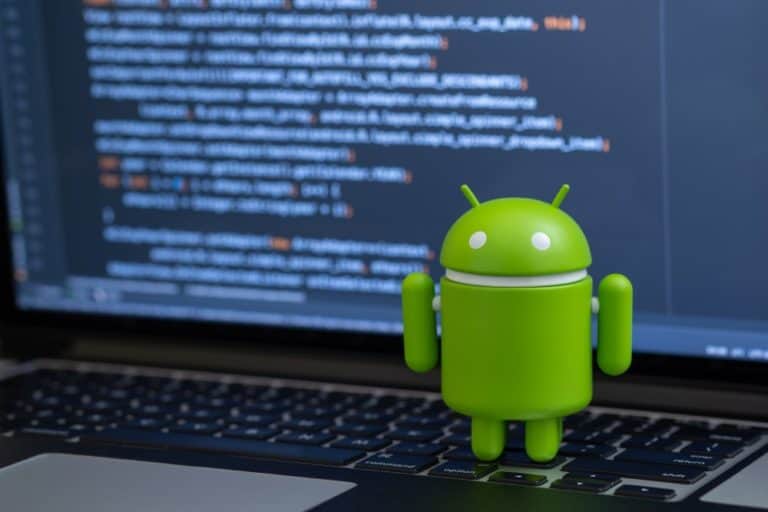Among its many features, Flamingo introduces Live Edit for Composable UIs, which lets developers push code changes directly to an attached device or emulator to update an app’s composables in real-time. This streamlines the build-deploy-iterate cycle for UI programming by reducing context switching.
Android Studio Flamingo supports previewing themed app icons with different wallpapers and dynamic color previews. Additionally, the build analyzer has been improved to group tasks by categories, which can be sorted by duration to highlight which categories significantly impact build time. However, Live Edit can only apply changes to composable function bodies and does not support method signature updates, adding new methods, or class hierarchy changes.
Tip: What are Passkeys? Removing the human element from authentication
Notable highlights
Using a new linter, SDK extensions can now be scanned to detect any issues. The update also brings one-click automated support for building and running a non-debuggable build, which prevents profiling a debug build unless expressly desired.
Android Studio Flamingo adopts Gradle plugin 8, which introduces improvements and breaking changes, such as removing the Transform API.
Another new feature of Flamingo is network traffic interception and modification, which allows developers to modify a network response before it reaches their app so they can test how their app behaves when getting different status codes, headers, or payloads.
Flamingo aims to be more accessible to developers of all levels
The update offers improved integration with Crashlytics, making it easier for developers to discover, investigate, and reproduce issues.
Finally, it is worth mentioning that Android Studio Flamingo has adopted IntelliJ 2022.2, bringing IDE performance improvements, mainly when using Kotlin, enhanced rendering performance on macOS, and more.
While the Live Edit feature is experimental, it has the potential to improve the development process for Android app UIs significantly.
